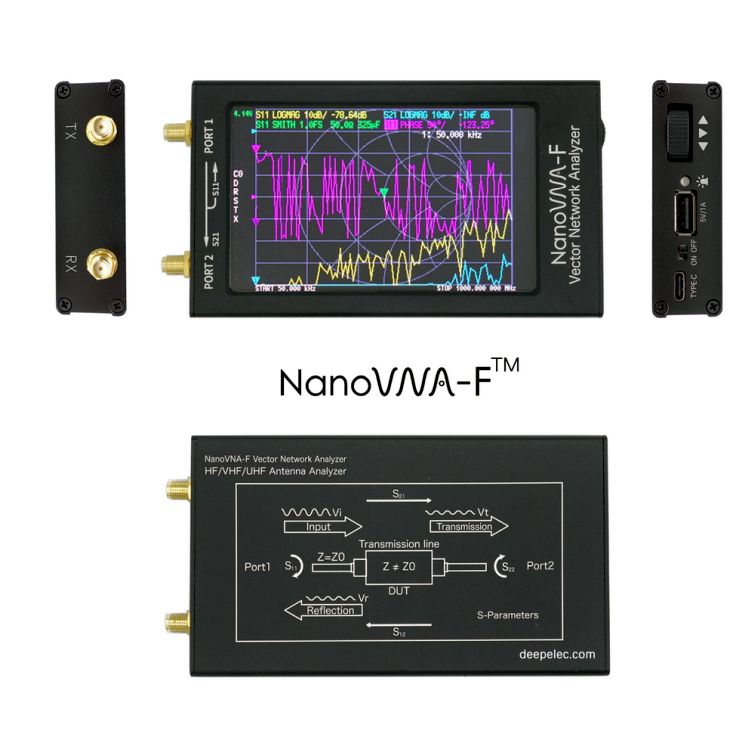

Additionally, computer networks today operate at such high frequencies that they are passing signals at RF and microwave frequencies. This includes not only smartphones and WiFi networks, but also connected cars and IoT (Internet of Things) devices. From mobile phone networks, to Wi-Fi networks, to computer networks and the to the cloud, all of the most common technological networks of today were made possible using the VNA that was first invented over 60 years ago.Īll wireless solutions have transmitters and receivers, and each contains many RF and microwave components. In fact, it can be said that the VNA has been used over the years to help make all the networks mentioned above possible. The first VNA was invented around 1950 and was defined as an instrument that measures the network parameters of electrical networks (Figure 2).

However, the network analyzer of interest in this paper is used for a different kind of network and was defined long before any of these networks existed. For each of these “networks”, there exists a certain network analyzer tool used to verify performance, map coverage zones and identify problem areas. Furthermore, many computers and servers are setup in “networks” that are all linked together to the cloud. In addition, most of our homes, offices and commercial venues all have Wi-Fi, or wireless LAN “networks”. For instance, most people today have a cellular or mobile phone that runs on a 3G or 4G “network”. Today, the term “network analyzer”, is used to describe tools for a variety of “networks” (Figure 1). Finally, we'll review typical VNA measurements such as swept frequency measurements, time domain measurements, and swept power measurements and how they're used and why they are important.

We'll review various VNA calibration techniques and show how VNA user calibrations help achieve the best accuracy possible. We'll define S-Parameters, the fundamental VNA measurement, and how best to use them when evaluating your Device-Under-Test or DUT. This paper discusses why VNAs are used and how they are unique compared to other RF test equipment. VNAs are used to quickly and accurately validate the performance of these RF components and devices. In manufacturing applications, RF components or devices are assembled and tested based on a certain set of specifications. VNAs are used to validate these design simulations. In design applications, simulations are used to accelerate time-to-market by reducing physical prototype iterations. Today, VNAs are used in a wide range of RF and high frequency applications. The Vector network analyzer or VNA is an important test instrument that has helped make countless modern wireless technologies possible.


 0 kommentar(er)
0 kommentar(er)
